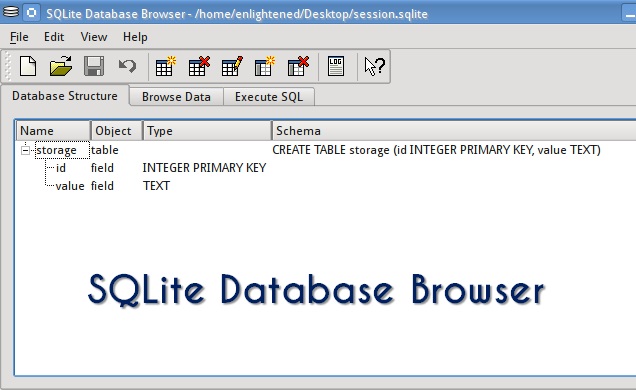

The first method is to add a property to all selections within a group. Of course, manually adding a property to hundreds of selections would be time consuming and inefficient, so we've come up with some ways to add properties to multiple selections more efficiently. This button can be used to add properties to selections. Note the '+' Add Property button at the bottom of the properties list, beneath 'Spot Width'. 23 iolite's Selection Browser, showing properties for a single selection "ZircSamp1_1".
#SQLITE DATABASE BROWSER EXPORT QUERY RESULT FREE#
the free and open-source DB Browser for SQLite).įig. This means that your database can be opened with other third-party programs (e.g. The database file created is a standard SQLite database (.db) file. For even more flexibility and power, you can interact with the database via iolite's python interface so that you can run python scripts to create plots, calculate new results, and store or retrieve data from other data repositories. We have also built in tools to sort, filter and even plot your database results. You can also collate multiple sessions to be able to view all results in one place, e.g. The advantage of a database is that you can import all your sessions to determine parameters such as inter-session reproducibility, long-term trends in your data, and many other things that might not be apparent when you look at sessions individually. For example, if you were to import a typical session, there would be a result for each input, intermediate and output channel for every selection (including baseline selections). It does this by reading through your session files and extracting the results for each selection. Iolite's Database tool will create an SQLite database from your existing iolite session (.io4) files.


 0 kommentar(er)
0 kommentar(er)
